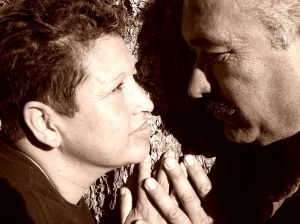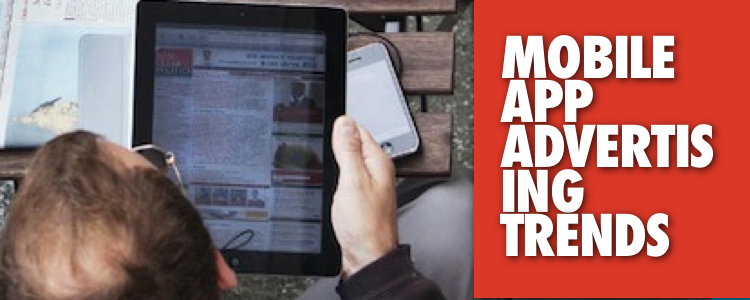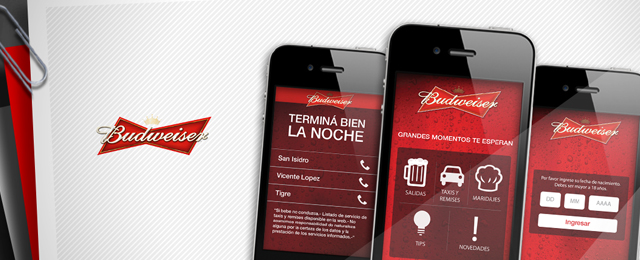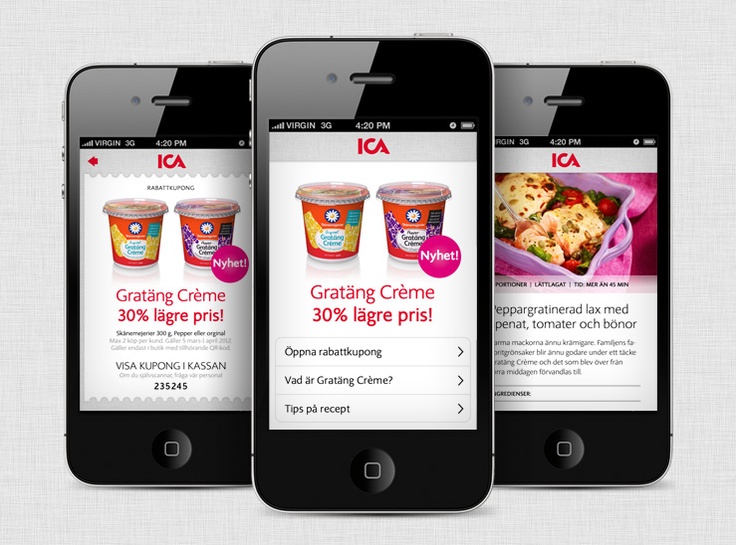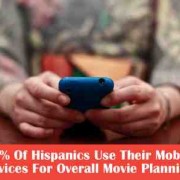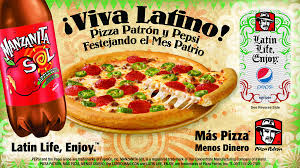Papatel Launches Free Phone Service Nationwide to Hispanics
Patented Technology Represents First Non-Internet Based Free Phone Service
Papatel, a new long-distance service that allows customers to call anywhere across the globe for free, today announced that it has launched nationwide after experiencing exponential growth during its test phase. In less than one year, Papatel has garnered more than 80,000 customers who use the service to call loved ones back home at no cost. The service is easy-to-use and takes less than five minutes to join, by logging on to www.papatel.com or calling 1-(866) PAPATEL.
Enrique Baiz, Founder and President of Papatel, commented; “many of us have families abroad, and keeping in touch with them internationally can be very costly. Particularly in this difficult economic climate, Papatel makes it free and easy to keep in touch with loved ones.”
It is so easy. Users establish an account by simply providing basic information including the numbers they will be calling from to make their long-distance calls (whether it be from the cell phone or landline) and they can start using Papatel immediately, with no strings attached. The registration, which takes less than five-minutes, is strictly confidential and the information is never shared with any other entity.
The free service is made possible through an innovative model in which advertisers place ads at the beginning of the calls and after long segments of conversation. Every week, users can acquire 1,000 free points, which allows users to call loved ones in Argentina or Mexico and talk up to 1.5 hours for free. Each time customers listen to an advertisement, they earn points, which provides them with more free long-distance minutes. Consumers can also hear weather reports or their horoscopes if they choose to.
In addition, Papatel offers users Papatel+, which is the company’s prepaid service that provides long distance rates with absolutely no advertisements. Rates to call anywhere around the world start as low as $.01. And, unlike other prepaid phone services, the balance never expires, and there are no hidden fees.
“It is the best deal a user can get for free international calls every week with no strings attached, and our prepaid and pinless international program is truly the top long-distance service in the market today,” added Baiz. “We want potential customers to know Papatel is committed to our promise, that is to offer completely free long distance service always.”
Today, Papatel has nearly 10 patents for this innovative technology, making it the world’s only free long distance service that does not require internet use. For more information or to register for the service, visit www.papatel.com, or call (866) PAPATEL.
About Papatel
Papatel is the world’s first non-internet based free phone service. Based in Miami, FL, the company currently has over 80,000 users in its first year of operation, and is rapidly expanding nationwide. For more information, visit www.papatel.com.
SOURCE Papatel


